Act l
Scene 1
In an old German castle, the birthday of Prince Siegfried is being celebrated; today he comes of age. He is congratulated by his mother, the Princess Mother, friends and courtiers. In a majestic ceremony, Siegfried is made a knight. From this day on a sense of duty, valor willbe the guiding principles in his life.
The last toasts are pronounced in his honor, young girls, his contemporaries, try to attract his attention, but Siegfried is overcome by emotions of a different order. He dreams of a pure, ideal love. The festivities draw to an end, the guests depart, leaving the prince alone with his thoughts in the gathering dusk. Night falls. Siegfried is conscious of the presence of a shadow at his side, it is as if some mysterious force is beckoning to him. It is the Evil Genius, or Fate itself, who has come to reveal some perturbing secrets to the Prince. Submitting to the powerful pull of his invisible companion’s presence and fullof anxious foreboding, Siegfried succumbs to the ideal world of his dreams...
Scene 2
Lured by the Evil Genius, Siegfried finds himself on the banks of a mysterious lake. In the shimmering patches of moonlight on the water, visions of bewitched swan maidens rise up before him. Siegfried catches sight of Odette, the most beautiful of the maidens.He is spell-bound, deeply struck by her beauty. At long last, he has found his romantic ideal of love. He swears to Odette that he will love her foreverand be faithful to her.
Act II
Scene 3
Prospective brides-to-be are arriving at the Princess Mother’s castle. The Prince must chose one of them to be his wife. But Siegfried can thinkof nothing but Odette and his meeting of her. He dances in an offhand way with the well-born maidens. Not one of them can compare to his ideal.
Suddenly, a mysterious knight arrives at the ball accompanied by a ravishingly beautiful young girl and a suite of black swans. It is the Evil Genius and Odile, Odette’s double. Struck by their resemblance, Siegfried hurries towards Odile. The Evil Genius is putting the Prince’s sentiments to the test. Siegfried is enchantedby the perfidious Odile who manages to disarm him of all his doubts. He announces Odile to be his chosen bride. At this very moment, the throne room is plungedin darkness and a vision of the beautiful Odette appears before the assembled company.
Siegfried realizes that he has become a plaything in the hands of Fate. Hoping to atone for his betrayal, he rushes in despair after the receding image of the white swan.
Scene 4
Night-time. A deep gloom overhangs the lake. Odette brings the tragic news; the Prince has broken his vow of faithfulness to her.Siegfried’s conscience is deeply troubled; he hurries towards Odette begging for her forgiveness. Odette forgives the youth but she is no longer mistress of her own fate.
The Evil Genius summons up a storm which disperses, plays havoc with, the heroes of our tale, making it impossible for them to unite. Made weak by his single combat with Fate, Siegfried tries in vain to hold on to the vanish image. As dawn breaks, he finds himself alone on the empty banks of the lake of his dreams.
Swan Lake is generally presented in either four acts, four scenes (primarily outside Russia and Eastern Europe) or three acts, four scenes (primarily in Russia and Eastern Europe). The biggest difference of productions all over the world is that the ending, originally tragic, is now sometimes altered to a happy ending.
Prologue
Some productions include a prologue that shows how Odette first meets Rothbart, who turns Odette into a swan.
Act 1
A magnificent park before a palace
[Scène: Allegro giusto] Prince Siegfried is celebrating his birthday with his tutor, friends and peasants [Waltz]. The revelries are interrupted by Siegfried's mother, the Queen [Scène: Allegro moderato], who is concerned about her son's carefree lifestyle. She tells him that he must choose a bride at the royal ball the following evening (some productions include the presentation of some possible candidates). Siegfried is upset that he cannot marry for love. His friend Benno and the tutor try to lift his troubled mood. As evening falls [Sujet], Benno sees a flock of swans flying overhead and suggests they go on a hunt [Finale I]. Siegfried and his friends take their crossbows and set off in pursuit of the swans.
Act 2
A lakeside clearing in a forest by the ruins of a chapel. A moonlit night.
The "Valse des cygnes" from act 2 of the Ivanov/Petipa edition of Swan Lake
Siegfried has become separated from his friends. He arrives at the lakeside clearing, just as a flock of swans land [Scène. Moderato]. He aims his crossbow [Scène. Allegro moderato], but freezes when one of them transforms into a beautiful maiden, Odette [Scène. Moderato]. At first, she is terrified of Siegfried. When he promises not to harm her, she explains she and her companions are victims of a spell cast by the evil owl-like sorcerer Rothbart. By day they are turned into swans and only at night, by the side of the enchanted lake – created from the tears of Odette's mother – do they return to human form. The spell can only be broken if one who has never loved before swears to love Odette forever. Rothbart suddenly appears [Scène. Allegro vivo]. Siegfried threatens to kill him but Odette intercedes – if Rothbart dies before the spell is broken, it can never be undone.
As Rothbart disappears, the swan maidens fill the clearing [Scène: Allegro, Moderato assai quasi andante]. Siegfried breaks his crossbow, and sets about winning Odette's trust as the two fall in love. But as dawn arrives, the evil spell draws Odette and her companions back to the lake and they are turned into swans again.
Act 3
An opulent hall in the palace
Guests arrive at the palace for a costume ball. Six princesses are presented to the prince [Entrance of the Guests and Waltz], as candidates for marriage. Rothbart arrives in disguise [Scène: Allegro, Allegro giusto] with his daughter, Odile, who is transformed to look like Odette. Though the princesses try to attract the prince with their dances [Pas de six], Siegfried has eyes only for Odile. [Scène: Allegro, Tempo di valse, Allegro vivo] Odette appears (usually at the castle window) and attempts to warn Siegfried, but he does not see her. He then proclaims to the court that he will marry "Odette" (Odile) before Rothbart shows him a magical vision of Odette. Grief-stricken and realizing his mistake, Siegfried hurries back to the lake.
Act 4
By the lakeside
Odette is distraught. The swan-maidens try to comfort her. Siegfried returns to the lake and makes a passionate apology. She forgives him, but his betrayal cannot be undone. Rather than remain a swan forever, Odette chooses to die. Siegfried chooses to die with her and they leap into the lake. This breaks Rothbart's spell over the swan maidens, causing him to lose his power over them and he dies. In an apotheosis, the swan maidens watch as Siegfried and Odette ascend into the Heavens together, forever united in love.


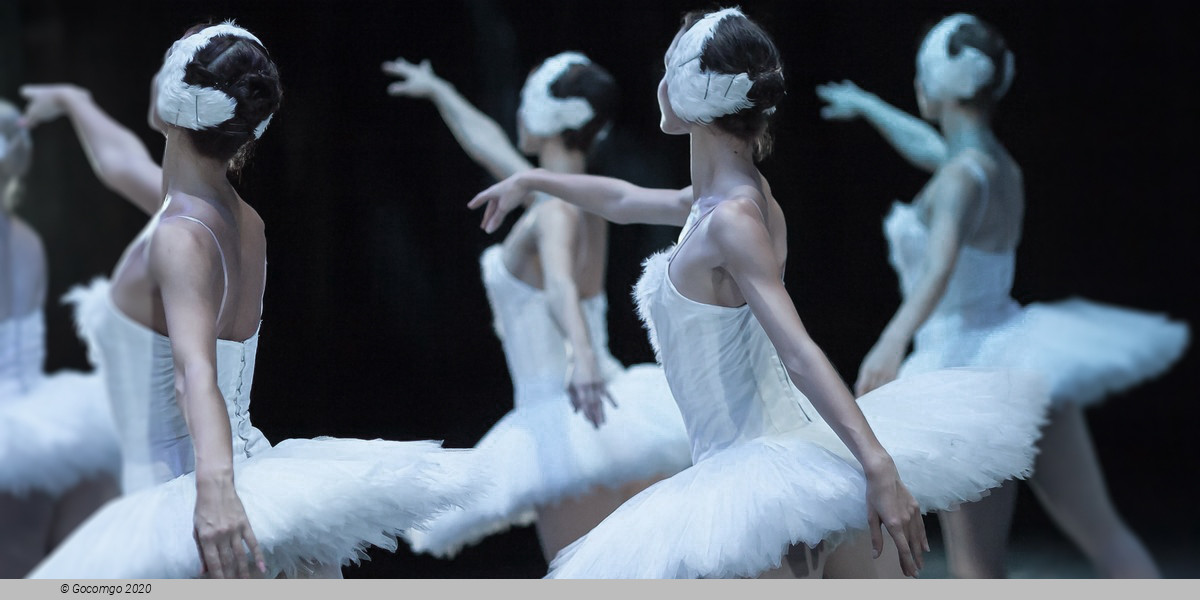
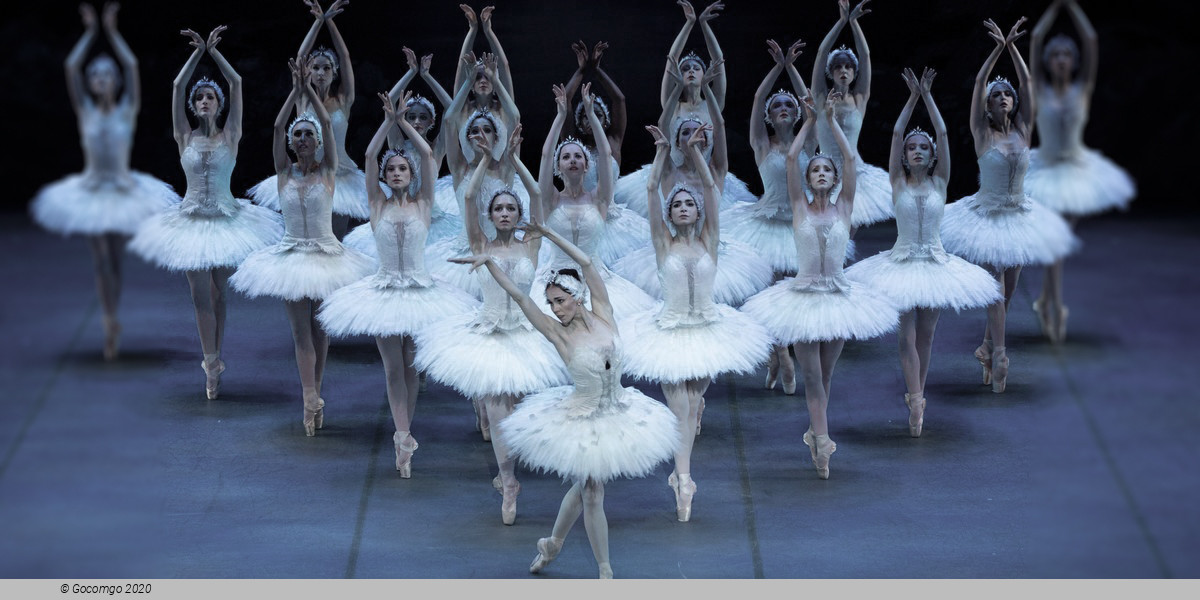
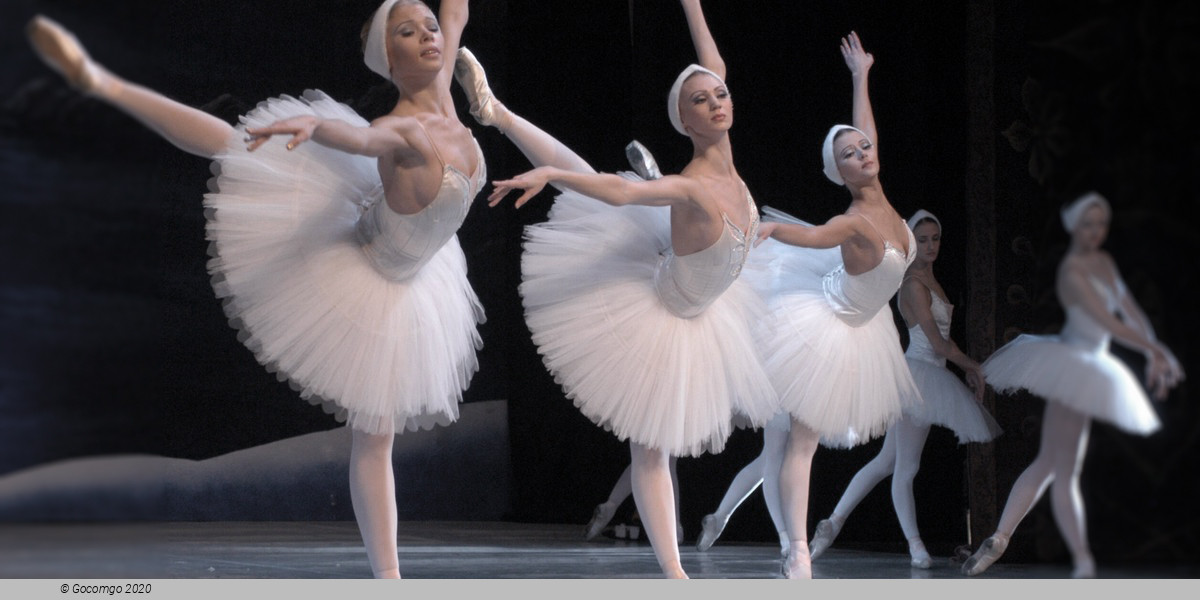
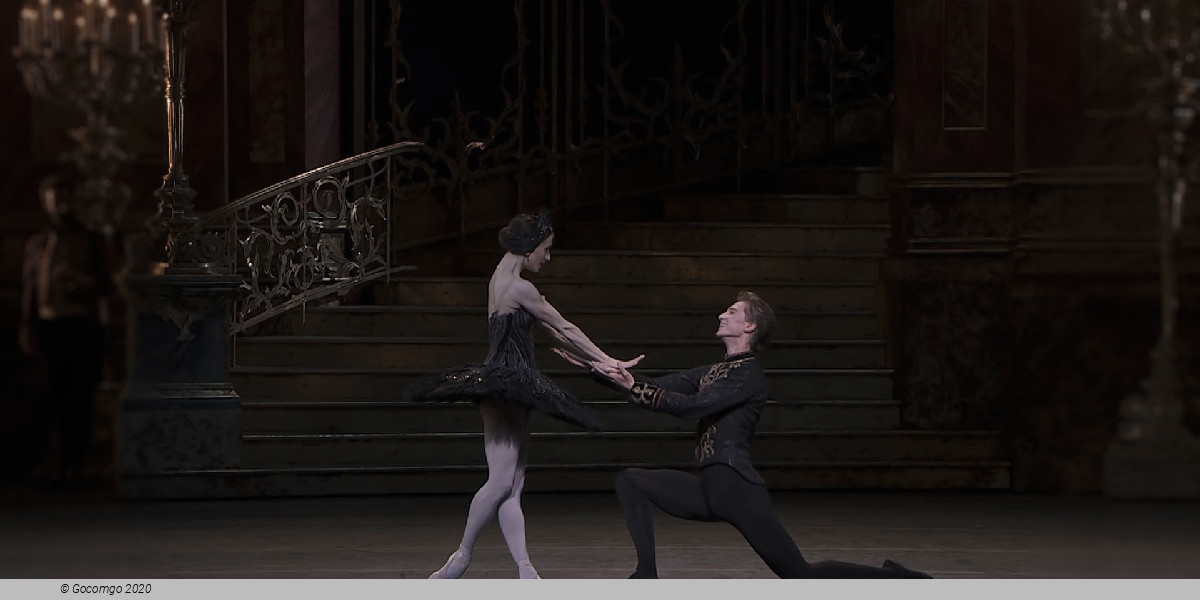
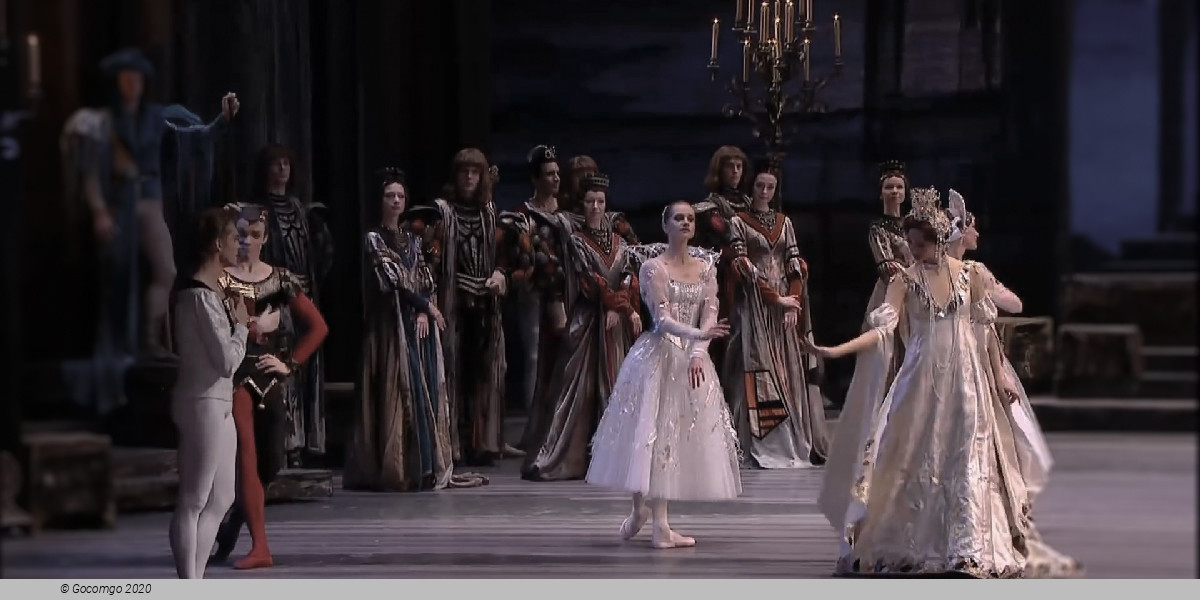
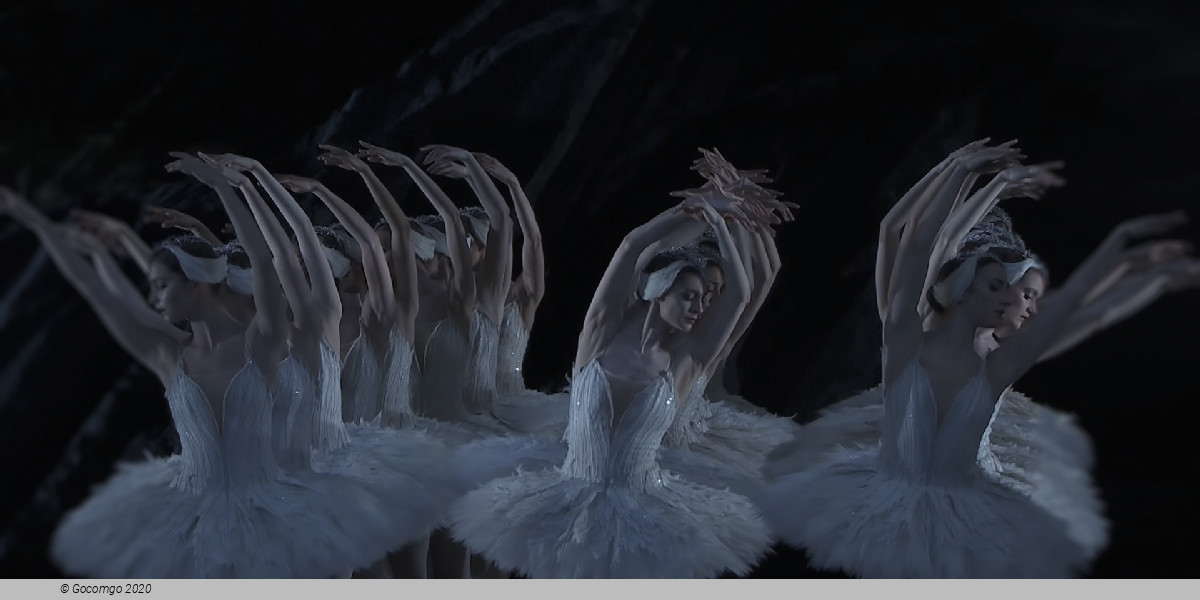
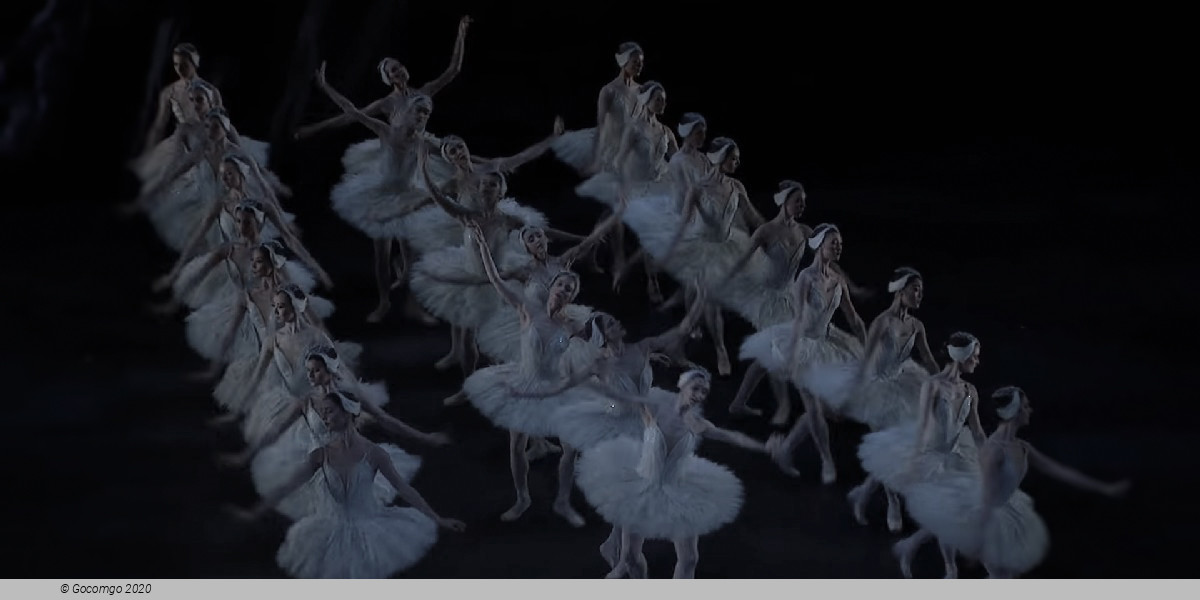
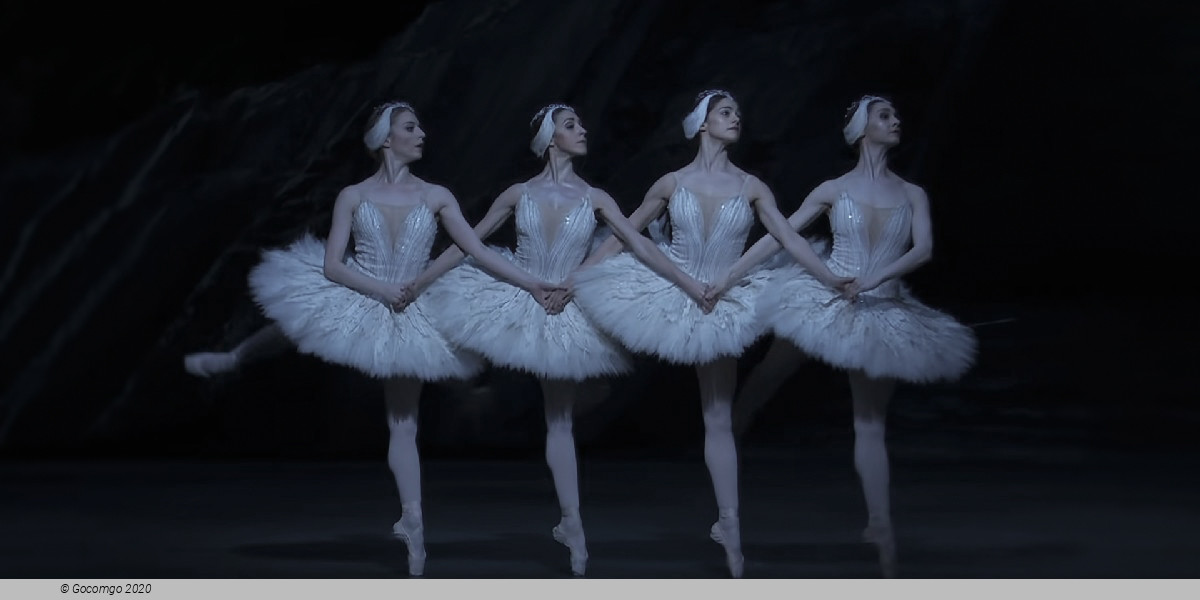
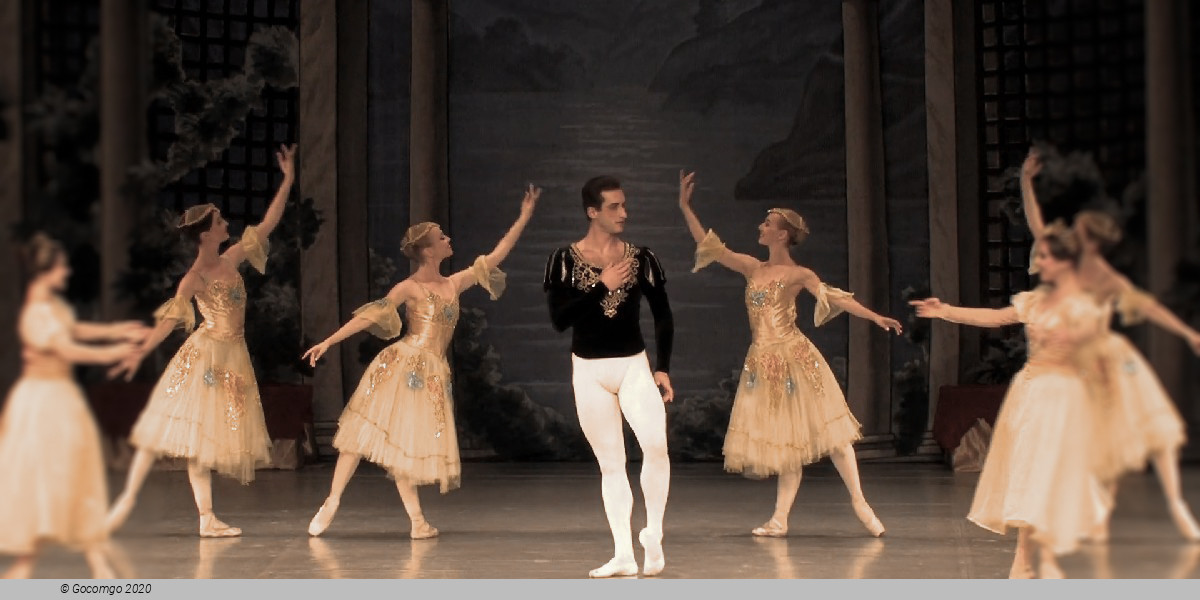
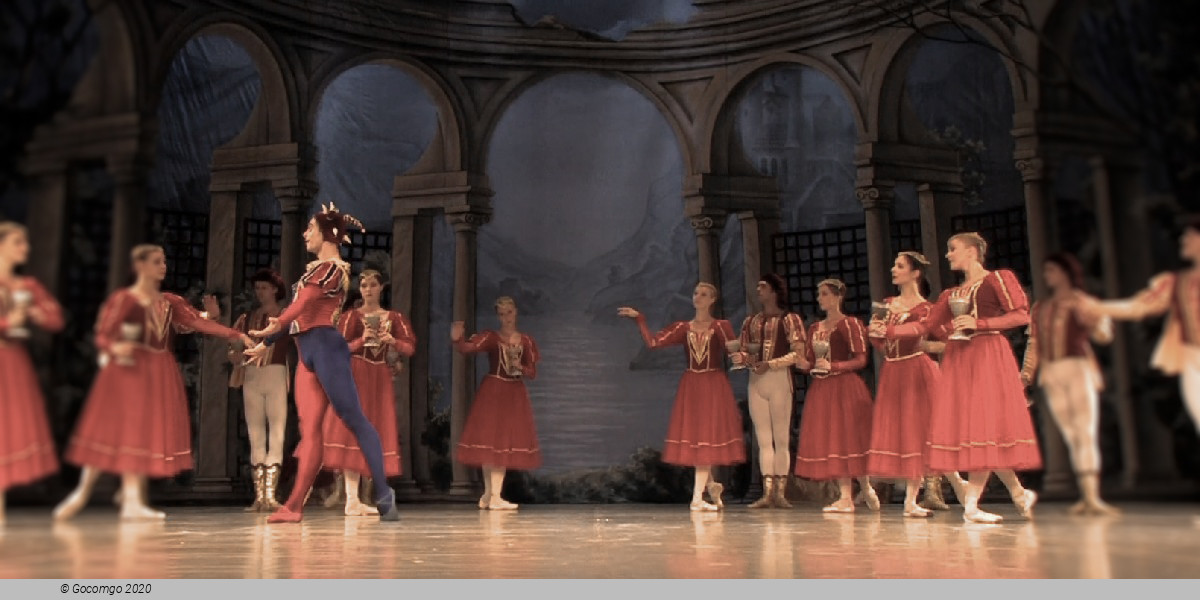
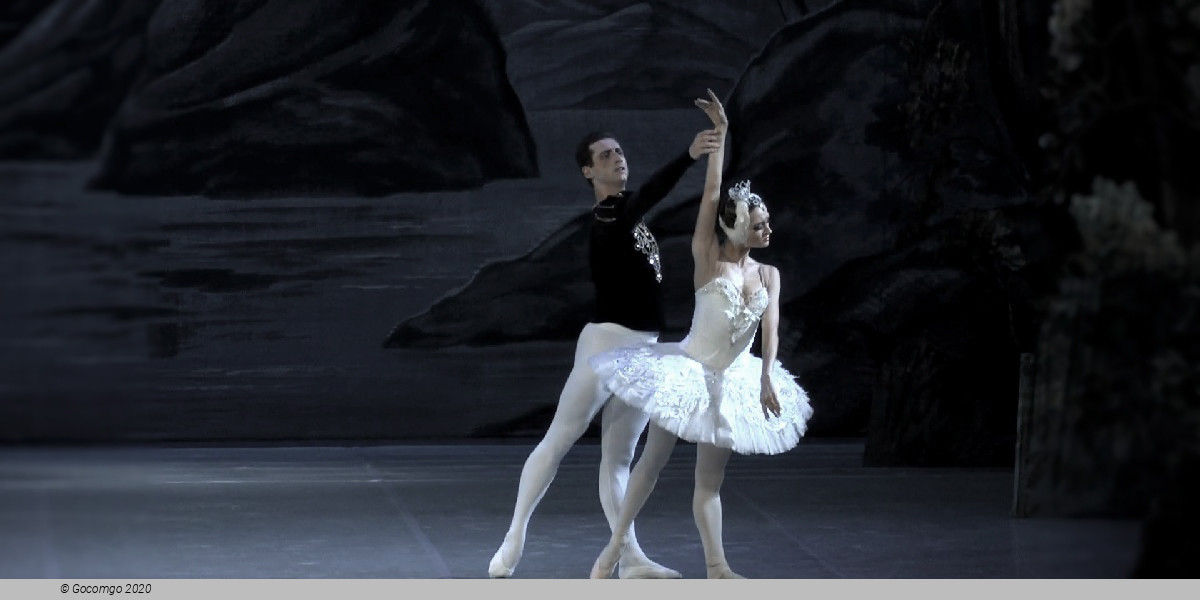

 Teatralnaya Square 1
Teatralnaya Square 1